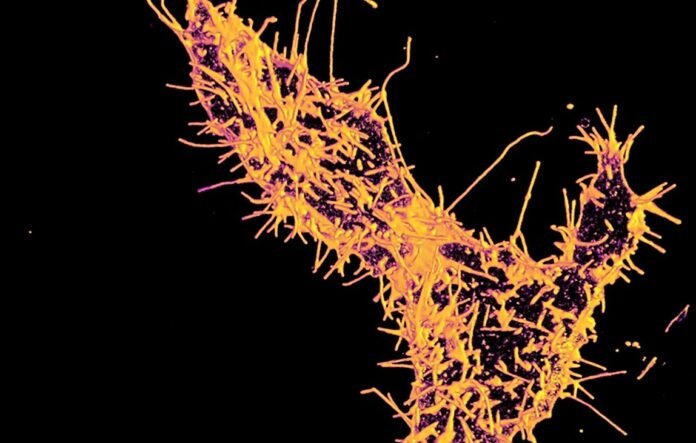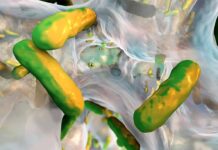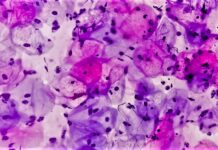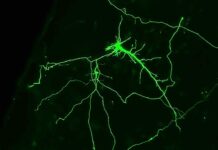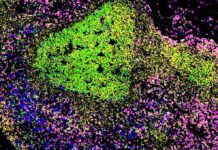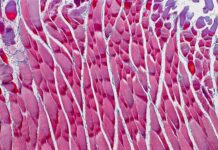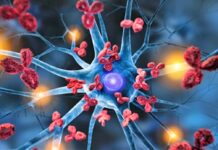Introduction: Decoding the Complexities of Autism-Linked Gene Mutations
In a groundbreaking revelation, a recent scientific inquiry has exposed the intricate relationship between mutations in the TAOK1 gene and profound irregularities in neuronal membranes. These startling abnormalities are thought to underlie the distinctive characteristics observed in individuals with TAOK1 mutations, including intellectual disability.
TAOK1 Unveiled: Orchestrating Membrane Formation Symphony
TAOK1, nestled within a triumvirate of TAO kinases, exerts a pivotal role in the development of the brain by orchestrating the addition of phosphate groups to signaling proteins. While previous investigations have connected autism to mutations in TAOK2, another kin of the same family, this fresh inquiry underscores the unique functions of TAOK1 and TAOK2 despite their kinship.
Unraveling the Riddle: Unmasking the Mechanism
Researchers delved into four distinct mutations linked to autism and neurodevelopmental conditions, hampering TAOK1’s ability to phosphorylate its targets. Astonishingly, they discovered that when cultured neurons and human kidney cells expressed these “kinase-dead” versions of the gene, peculiar tentacle-like protrusions sprouted throughout the cell membrane. Eventually, these structures fractured and dispersed debris into the culture medium.
Delving deeper, the investigation unveiled TAOK1’s affinity for the plasma membrane, a connection that disentangles when the gene phosphorylates itself. However, the kinase-dead mutants, unable to engage in autophosphorylation, remain tethered to the membrane. Consequently, these aberrant mutants engage in an excessive sculpting of the cell’s outer layer, culminating in the emergence of these enigmatic protrusions.
Implications for Synaptic Symphony and Future Frontiers
The presence of mutated TAOK1 within cells precipitates the growth of dendrites adorned with fewer and shorter branches, hinting at a potential impact on synapse formation. Furthermore, these protrusions possess the power to mislead synaptic proteins, potentially disrupting the intricate tapestry of neuronal connectivity. Future investigations, employing animal models as a canvas, hold the key to unraveling the true consequences of these membrane abnormalities on the intricate wiring of the brain.
Future Directions: Harmonizing Therapies for Individualized Treatment
The intrepid research team aims to illuminate the effects of TAOK1 mutations by simulating real-world scenarios where individuals typically carry only one disrupted copy of the gene. This endeavor involves selectively mutating a single gene copy using CRISPR in neurons derived from human stem cells. By employing this approach, the team seeks to assess the potential of kinase-activating drugs to reshape TAOK1 and revive the protein’s transformative potential, facilitating membrane sculpting. Furthermore, exploring approaches that bolster the expression of the functional gene copy, such as antisense oligonucleotides, emerges as a beacon of hope for potential therapeutic avenues.
Equally captivating is the team’s exploration of TAOK1 mutations that do not impede kinase activity. Initial findings tantalizingly suggest that these mutations exhibit distinct effects, potentially tied to specific traits. This realization underscores the dire need for personalized therapies, tailored to address specific mutations rather than adopting a generalized approach.
Conclusion: Illuminating the Path to Neurodevelopmental Symphony
This revelatory study casts a radiant beam of light upon the intricate interplay between TAOK1 mutations and the consequential membrane abnormalities that ensue, intricately woven into the fabric of neuronal connectivity. Grasping the mechanisms underlying these captivating deformities stands as a paramount endeavor, as it paves the way for the development of targeted therapies aimed at individuals bearing TAOK1 mutations and related neurodevelopmental disorders. Further research, employing animal models and cellular systems that faithfully emulate human mutations, promises to bestow invaluable insights into the multifaceted impacts of TAOK1 mutations, ultimately facilitating the creation of effective treatments. By unravelling the convoluted complexities of these genetic anomalies, scientists strive to enhance the lives of those affected by autism and other neurodevelopmental conditions, composing a symphony of hope and progress.
Google News | Telegram

